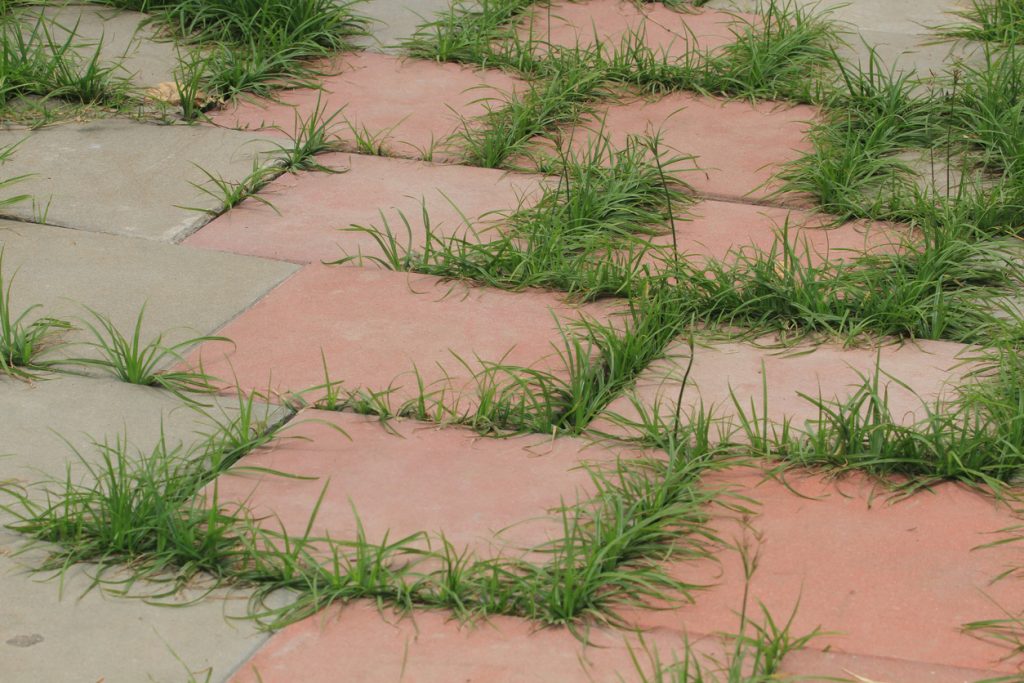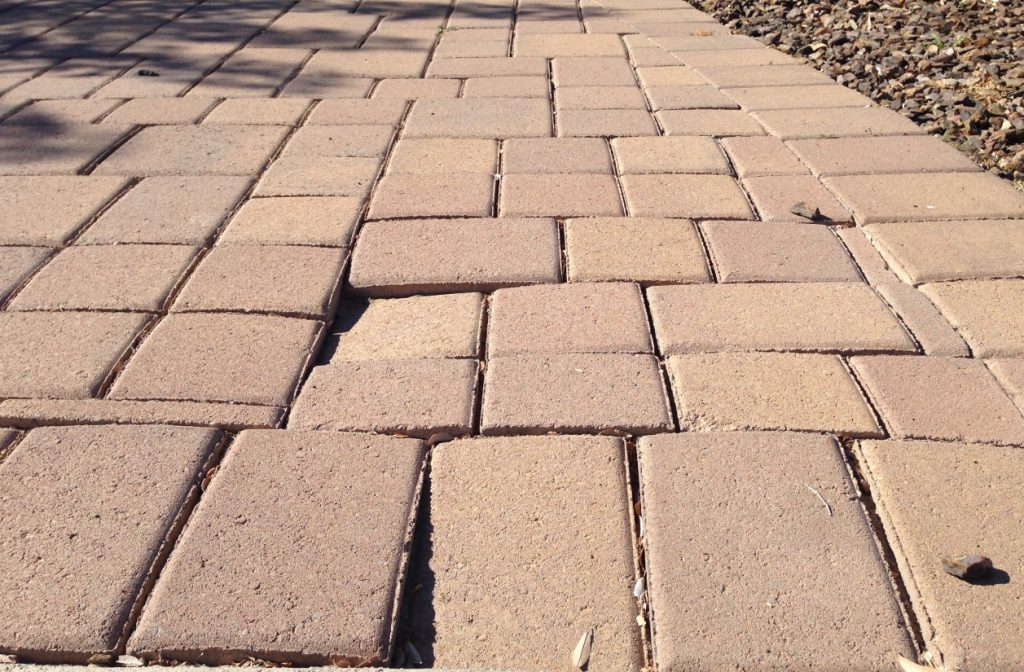Is it Time to Repair Your Interlocking Pavers?
Interlocking concrete pavers are used in home landscaping projects for patios, driveways, walkways and more, because of their many impressive features.
- Interlocking stone pavers come in a variety of different shapes, sizes, and styles
- They are strong, durable, and can last a lifetime
However, like everything in your landscape, they will need occasional maintenance and repair.
How to prevent surface damage and discoloration
Without properly sealing your pavers, it is common to see some colour fading, discoloration, and surface damage in your interlocking patio.
Coating the surface of your pavers with a sealer will help…
- Maintain the colour and finish
- Minimize surface damage
- Avoid staining that occurs over time
Sealing and resealing does not need to happen too often. Resealing your pavers every 3-5 years is sufficient enough if you use a good quality sealer.
If you need advice as to which professional paver sealer is best, contact us and we can make a recommendation based on our intimate knowledge and expertise.

Are weeds coming through your pavers?
Since there are narrow spaces between the pavers, it is not uncommon for unwanted plants, weeds, or pests to push their way through.
But this causes an unsightly appearance on your driveway or walkways.
Landscapers regard polymeric sand as the best material to fill the narrow spaces between pavers. Polymeric sand comes in various colours, and adds strength to the overall pavement system, while deterring weeds at the same time.
Why not use plain joint sand?
It’s simple. Unlike polymeric sand, plain jointing sand will wash out over time and can allow weeds and pests to push through. Polymeric sand lasts much longer, which will reduce your overall maintenance time and costs.
If your interlocking pavers were not installed with polymeric sand, you can replace it with these steps:
- Use a pressure wash or jet spray to wash out the old sand
- Once dry, polymeric sand can be swept into the paver joints
- Lightly mist the surface so the sand settles
- Sweep additional sand into any empty, sparse areas
Always read the instructions on the bag before you start, and make sure your paver surface is clear of residual sand before you apply water.
Need further assistance with replacing your sand? Ask one of our expert staff for help!

Are your pavers shifting?
After a long Canadian winter, it’s common for paver edges to shift out of place if they haven’t been properly restrained with edge restraint. Sometimes this can also happen when the plastic or metal edging dislodges, but it’s not too difficult to fix:
- Remove the edge pavers
- Re-stake the edging to the proper alignment
- Replace the pavers, and be sure to add a little more sand underneath so that the surface is even
- Finish by sweeping polymeric sand into the joints

Is your interlocking paver surface uneven?
Occasionally a few individual pavers may settle or rise differently than the rest of your pavers.
But this can post safety and appearance problems, so it has to be fixed right away.
Luckily, the repair is not as difficult as you may think:
- Remove all of the pavers that need to be reset
- Add small amounts of sand to the base course to make all the pavers level and even
- Replace the pavers and tamp into place
- Sweep polymeric sand into the joints
It’s a fairly simple process, but if you need assistance, give us a call and we’ll walk you through it.
Need More Information?
Interlocking stone pavers are a great investment for your home, but just like any long term investment you make, but they will need some routine maintenance at least once a year.
If you’re ever unsure of the best way to proceed with a repair, contact us to speak with one of our experts at Grand River Natural Stone. We’re always happy to help!
